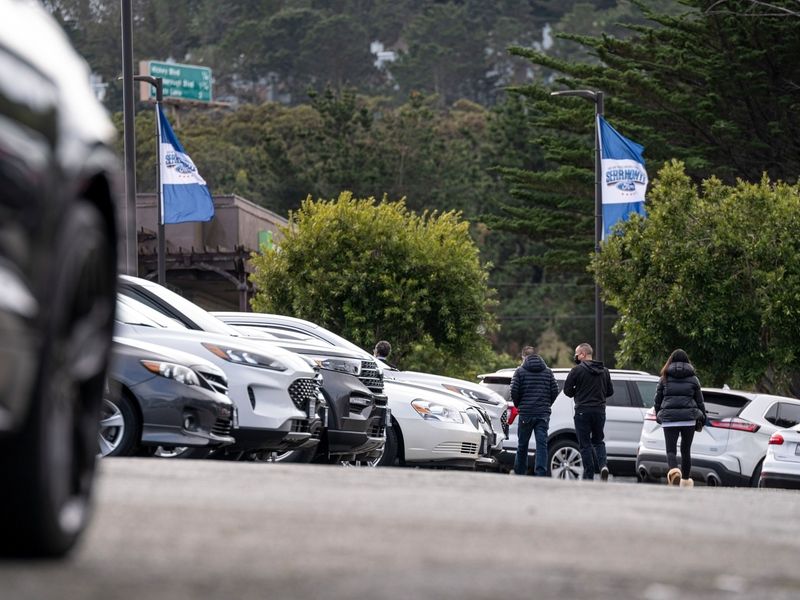
Leasing took a dive in 2020 as customers opted to extend contracts or return vehicles without leasing a new model. Tight new-vehicle inventories could be enough to delay a strong leasing rebound, as savvy customers opt to purchase their off-lease vehicle rather than wait out production delays, economists at Cox Automotive and Edmunds said.
Cox estimates 4 million leases will mature in 2021. The shift in retention values means the value of those vehicles will be much higher than initially forecast, providing returning customers with an incentive to buy out their lease, says Charlie Chesbrough, Cox Automotive senior economist.
“It’s too soon to declare a permanent shift in the retention values of vehicles, but more value does appear to be the normal for now,” Chesbrough said this week during a virtual sales presentation. “Lease maturities are going to be a big opportunity in the market this year for both consumers, dealers and the whole industry.”
The number of off-lease vehicles returning to auction has declined during the pandemic, indicating dealerships are working hard to retain that inventory, said Jonathan Smoke, Cox’s chief economist.
Cox estimates about 70 percent of off-lease vehicles end up at auction in a normal year. Currently, less than half of off-lease units are arriving at Cox auction giant Manheim, Smoke said.
“That change is principally the consumer and the dealer being able to benefit from that equity and so deciding to purchase,” he said.
Consumers who sell their lease for cash instead of turning it back in will likely be depriving the market of inventory that automakers are desperately counting on, according to Edmunds senior analyst Ivan Drury. That also causes headaches for dealers expecting off-lease vehicles that would qualify for certified pre-owned status.
Meanwhile, leasing levels remain lower than pre-pandemic figures. In the fourth quarter of 2020, 26.45 percent of new vehicles were leased, according to credit bureau Experian. That’s down from 30.64 percent in fourth-quarter 2019. Several automakers recently rolled out special lease extension programs for customers wait-listed by the chip shortage and other supply chain delays.
Managing off-lease customers will be vital for dealerships this year, Chesbrough said, and automakers will play a huge role in the strategies. Selling to off-lease customers is like shooting fish in a barrel. But managing that equity will be the main struggle for dealerships.
“There is going to be a lot of negotiating going on behind the scenes,” he said. “But if anything, I think this is just going to help support sales.”
Customers looking to switch brands or vehicle categories have the most to gain from the inflated values, analysts say, and pleasing loyal buyers with limited offerings will be a challenge.
Automakers will have to play their cards right: bring back off-lease vehicles sooner to replenish inventory, or delay lease terminations to prevent a flood of customers bickering over sparse offerings.
“Automakers looking to utilize pull-ahead programs will be tempted to target vehicles that are suffering from low inventory but will have to balance the risk of losing a customer if there aren’t enough new units to choose from,” Drury said. “For many OEMs, it might not be worth their while to engage in pull-ahead programs until there is more clarity surrounding the chip shortage.”

